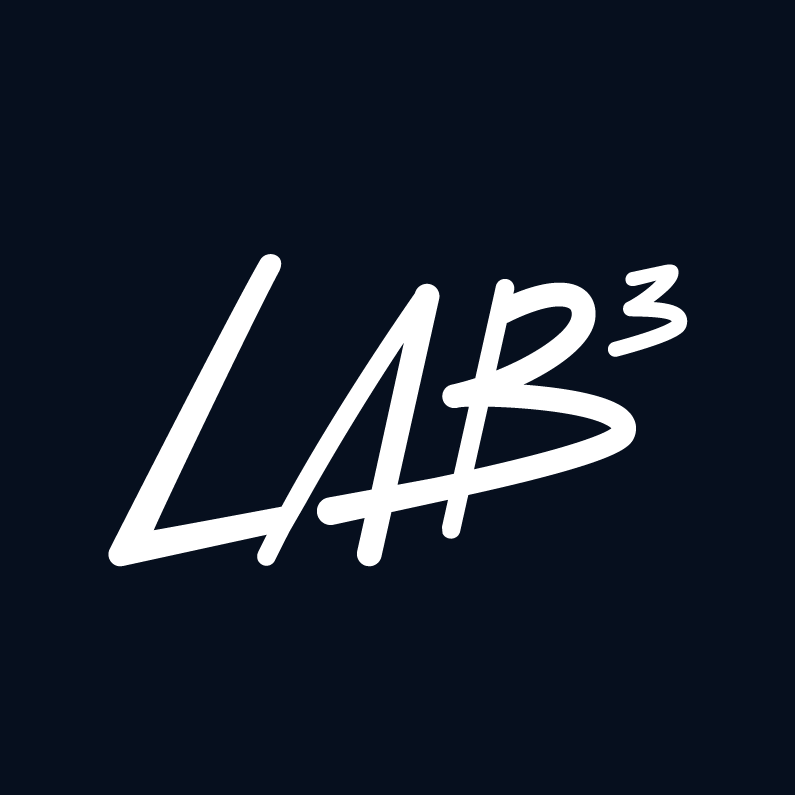

Thanks to modern AI, the move to cloud is getting much easier
AI is making the move to cloud easier
The recent maturity of AI automation and analytics has dramatically lowered the cost and effort associated with cloud modernisation, while elevating its predictability.
Cloud adoption continues to be a high priority for many organisations despite an uncertain business climate and budget constraints. A recent Microsoft survey confirmed 82% of organisations see cloud migration as central to digital transformation, 62% of organisations have an active migration and modernisation strategy in place, and that hybrid or multi-cloud environments are the new normal.
Yet as every IT leader knows, the cloud transformation journey can be a daunting and complex process, fraught with unknowns that require serious effort to quantify. Significant upfront costs, potential downtime, the divided focus of internal teams, and a minefield of expertise gaps required to support execution leave leaders keen to hasten slowly. But the delay to modernise brings its own pressures as rising performance demands, costs, and risk to the business begin to back up.
Now there’s good news. Recent advances in the application of AI and complex automation have overcome many of the challenges associated with the transformation journey, providing organisations the confidence they need to move cloud adoption to the front of the queue once again.
A new generation of AI powered migration planning and assessment tools is radically reducing the time, cost and risk traditionally associated with large scale migration and modernisation. For those organisations that haven’t been able to quantify a compelling business case for moving to a cloud first (or hybrid) environment, it could be time to take a fresh look at the reasons to move.
Scalability
One of the biggest benefits of the cloud is scalability. Contrasted with on-premises servers which have large upfront costs and long install times, cloud-based services can be scaled up or down in response to market conditions and changes in your business.
Scalability is key for organisations that experience demand volatility. An online retailer may need to ramp up significantly in the lead up to the holiday season, whist scaling down during quieter months. Government agencies can also be subject to planned and unplanned ramps in demand. Policy changes or disaster response can suddenly trigger a spike in demand for services, while planned events, such as tax season, can be forecasted. But in either case, the delta between peak and baseline demand can be wide, leaving expensive infrastructure under-utilised for much of its life, with overall capacity that falls short of peak demand.
The elasticity of cloud computing resources enables faster response times to business requirements, and eliminates the financial risk associated with a fixed investment in hardware resources that accommodates the maximum anticipated workload. Thanks to the deep analysis now provided by AI tools, the specific hardware requirements for individual apps and services can be finely optimised for the lowest possible operating cost, while maintaining optimal performance.
Risk
There is a growing risk associated with holding on to an on-premises environment. Organisations that have grown reliant on bespoke and commercial, off-the-shelf (COTS) applications, or on aging on-premises infrastructure, often find their original vendors have either shut up shop or de-prioritized critical lines of service. This leaves IT leaders carrying the burden of responsibility for support and maintenance, while scrambling for better options or continually adding to the accumulation of technical debt with customisations. Often, only a handful of team members have the specialised knowledge required for the updates and customisation of critical systems, and keeping pace with escalating demand and changing business conditions involves even higher risk.
Then there are the risks associated with damage or destruction of physical infrastructure. Whether it’s the building housing your servers or the servers themselves, what is your disaster recovery plan in the event of fire, flood, terrorism, on-site accidents, or multiple hardware failures? Hyperscale cloud platforms such as Microsoft Azure have controls in place to mitigate the risks associated with the impact of localised disaster events.
Microsoft and other primary cloud providers design their platforms to facilitate global security, data, disaster recovery and regulatory compliance standards, with some of the related governance baked-in to the available tools. Standards such as SOC 2, PCI DSS, ISO 27001 and more are met out of the box by core Microsoft cloud-based technology stacks and, thanks to the scale of its infrastructure, Azure’s global Disaster Recovery capability is typically more cost effective than comparable on-premises options.
Compliance requirements can also be fulfilled more easily in the cloud. This includes for organisations in highly regulated industries. Banks, government agencies, utilities and healthcare services are moving some of their most critical workloads to cloud environments that are pre-built for regulatory compliance and feature, as a common standard, the most sophisticated cyber threat detection and response technology available today.
Cyber Security
In today’s digital world and weaponised geo-political landscape, cyber threats are now at the forefront of boardroom conversations. The cloud can help reduce your cyber security risk, by as much as 50% (source: Gartner 2023). And there are three major reasons why your data is more likely to be safe and secure in the public cloud than in an on-premises datacentre.
Firstly, having world-leading and robust security measures is critical for the business models of cloud providers. Thanks to their size and scale, they have a lot more resources to invest in security, and they are constantly working to improve security measures such as 24/7 monitoring and access control. In addition, cloud providers can often scale their security resources more quickly than vendors who manage datacentres, which can help mitigate the risk of a security breach.
Once in the cloud, organisations can move to a contemporary cloud-based approach to cyber security management. With automation, you can achieve real-time visibility, increased threat detection and a faster response to unusual patterns. Managed security services, such as Security Operations Centres (SOCs), are now also available as cloud-based offerings that are quick to “turn on”, easy to adopt, and built to integrate with a customers’ own cloud-based environment.
To support the needs of organisations in highly regulated industries, the hyperscale cloud platforms invest heavily in maintaining high security standards and spread this expense across their client base. In addition to cyber security controls such as intrusion detection, these standards also apply to the maintenance and currency of the underlying cloud platform.
Cost control
The cost benefits of accessing services delivered at scale in the cloud apply to virtually every aspect of apps and infrastructure. Efficiencies can be gained across hardware, software, and maintenance costs. After Hearing Australia completed their transformation journey to the Azure cloud, they achieved a 60% cost reduction across their environment whilst securing incredible performance improvements.
However, it’s important to remember simply lifting and shifting an existing environment won’t yield the full value of cloud. The key is to modernise in parallel to migration. Partnering with a solution provider with strong DevOps and FinOps expertise will ensure the optimisation of the cloud environment set up and management, along with the optimisation of licensing costs. It can also be a catalyst to drive cultural change across the organisation, encouraging “right-sizing” when it comes to the allocation of computing resources in general, thereby reducing ongoing costs.
Current AI tools facilitate this as well, providing the ability to calculate the total cost of ownership, projected environmental footprint, and return on investment over time that’s associated with a planned cloud migration. The best of these tools can also analyse the applications and workloads you are considering migrating and propose the most efficient and cost-effective allocation of resources. This, in turn, informs your migration plan and architectural design.
LAB3’s Accelerated Migration solution is one example of an AI-assisted migration and modernisation service that includes advanced cost control and projection capabilities.
Performance
Since the CPU, GPU and memory resources consumed by virtual servers in cloud environments can be defined and re-adjusted almost instantly, a fine-grained approach can be taken when you choose where you want the greatest performance. For example, you can allocate exactly the resources you need to increase performance for your most demanding data platforms, while assigning much less to the front-end applications that rely on them. This highly targeted approach to performance doesn’t just make managing and analysing workload requirements easier. It enables you to achieve a higher overall performance across the digital estate relative to the same amount of on-premises resources “stuck” in fixed configurations, on a limited number of physical servers.
Finally, cloud providers also offer many features to help improve application performance, such as load balancing and caching. Although available in on-premises environments, with cloud you can gain deeper insights into consumption and resource patterns. Leveraging a cloud provider’s global network of datacentres also means low latency access to services for both the business and its customers, from almost anywhere in the world.
Business Agility
Democratising an organisation’s technology and enabling business units to access the services they need for self-serve innovation is a critical success factor in the growth of businesses. Nothing facilitates this better than the cloud.
The cloud enables organisations to be more agile by improving access to data, the decision-making insight that can be derived from it, and the modern workplace applications that are powered by it. Having a more modular and dynamic technology estate, with the ability to scale computing resources up and down as needed and deploy applications and services more easily, allows you to better equip business units to respond to new opportunities and changing market conditions. Similarly, the value realised from data analytics and business intelligence tools goes up dramatically when the data itself is well-architected and sitting on high-performance platforms. With dashboard insight into daily operations easily accessible, financial projections and business planning becomes easier across the organisation, and the currency of the information is often real-time.
So, Tell Me More About AI-Assisted Cloud Migration & What Makes It Rapid, Predictable, And Cost-Effective
With the new generation of AI powered tools, the cloud transformation journey doesn’t have to be long, difficult, and fraught with unknowns. And the product that’s transforming organisational confidence in cloud adoption is Dr Migrate.
Dr Migrate is the first and only AI-based cloud migration platform that automates the hardest parts of the migration process.
The initial discovery phase, in which a complete inventory of your digital estate is produced, now takes days or weeks instead of months. AI and machine learning algorithms map out application workloads, dependencies, network requirements, and resource consumption. The data is analysed and automatically fed back into the system to produce AI-assisted migration plans and cost projections.
In the planning phase, Dr Migrate proposes recommended application treatments based on the 6R’s framework, applying its knowledge of application and platform alternatives (including related end-of-life timelines), and the resource consumption that is likely in each potential treatment.
During migration execution, Dr Migrate provides real-time visibility on the state of your environment as each workload is moved across, and provides your engineering team with a single source of truth to react quickly when informed decisions need to be made.
Finally, the Dr Migrate AI significantly reduces risk and uncertainty when preparing a business case for the migration itself. Since producing a thorough inventory of your environment and creating an informed migration plan to match can now be rapidly automated, the cloud transformation strategy you put forward can be based on highly predictable outcomes and information you have complete confidence in.
Here in Australia, the Accelerated Migration solution from LAB3 exclusively leverages the power of Dr Migrate to deliver incredibly fast, predictable, and cost-effective cloud transformation outcomes.
Learn more about how your organisation can accelerate cloud migration




 Linkedin
Linkedin
 Twitter
Twitter
 Facebook
Facebook
